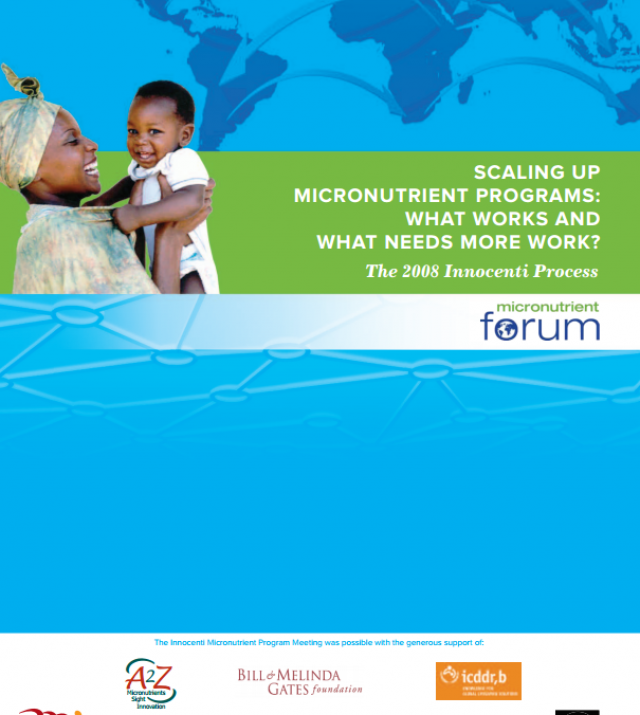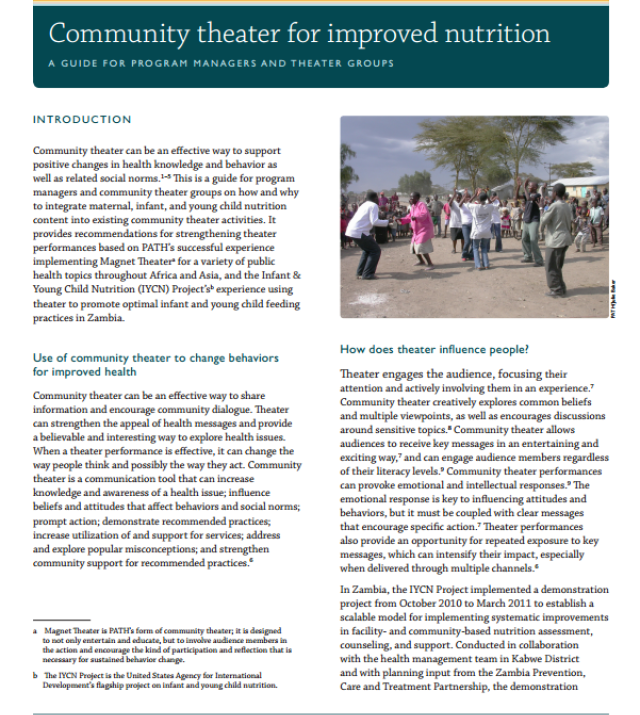
Essential Interventions, Commodities and Guidelines for Reproductive, Maternal, Newborn and Child Health: A Global Review of the Key Interventions

Poor maternal, newborn and child health remains a significant problem in developing countries. Worldwide, 358 000 women die during pregnancy and childbirth every year and an estimated 7.6 million children die under the age of five. The majority of maternal deaths occur during or immediately after childbirth. The common medical causes for maternal death include bleeding, high blood pressure, prolonged and obstructed labour, infections and unsafe abortions. A child’s risk of dying is highest during the first 28 days of life when about 40% of under-five deaths take place, translating into three million deaths.2 Up to one half of all newborn deaths occur within the first 24 hours of life and 75% occur in the first week. Globally, the main causes of neonatal death are preterm birth, severe infections and asphyxia. Children in low-income countries are nearly 18 times more likely to die before the age of five than children in high-income countries.
Good maternal health and nutrition are important contributors to child survival. The lack of essential interventions to address these and other health conditions often contribute to indices of neonatal morbidity and mortality (including stillbirths, neonatal deaths and other adverse clinical outcomes).
This document is designed for an audience of policy-makers who seek information on the specific health interventions to address the main causes of maternal, newborn and child deaths.

